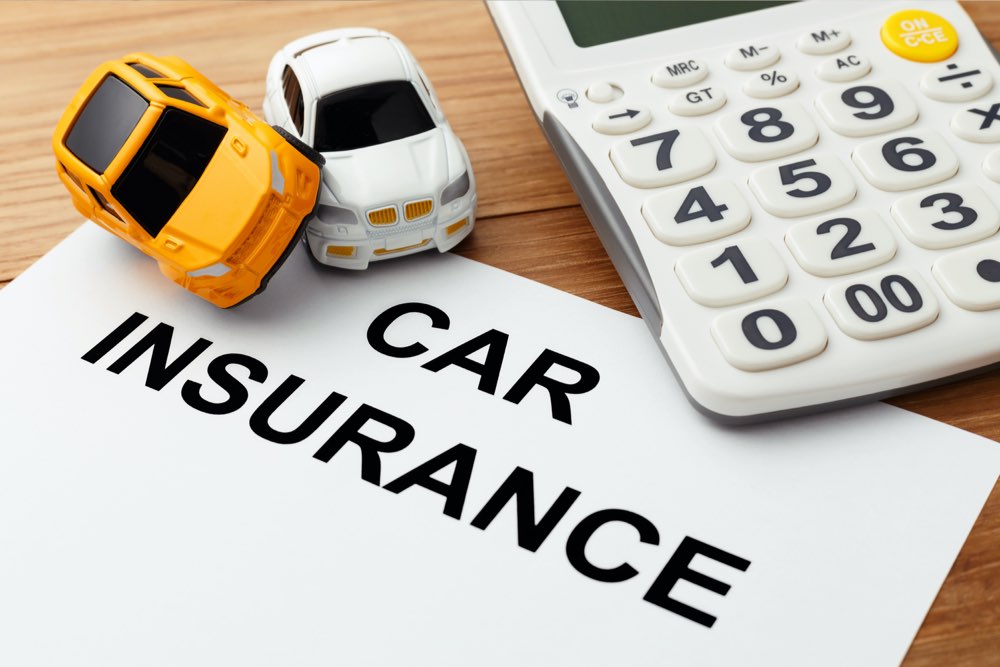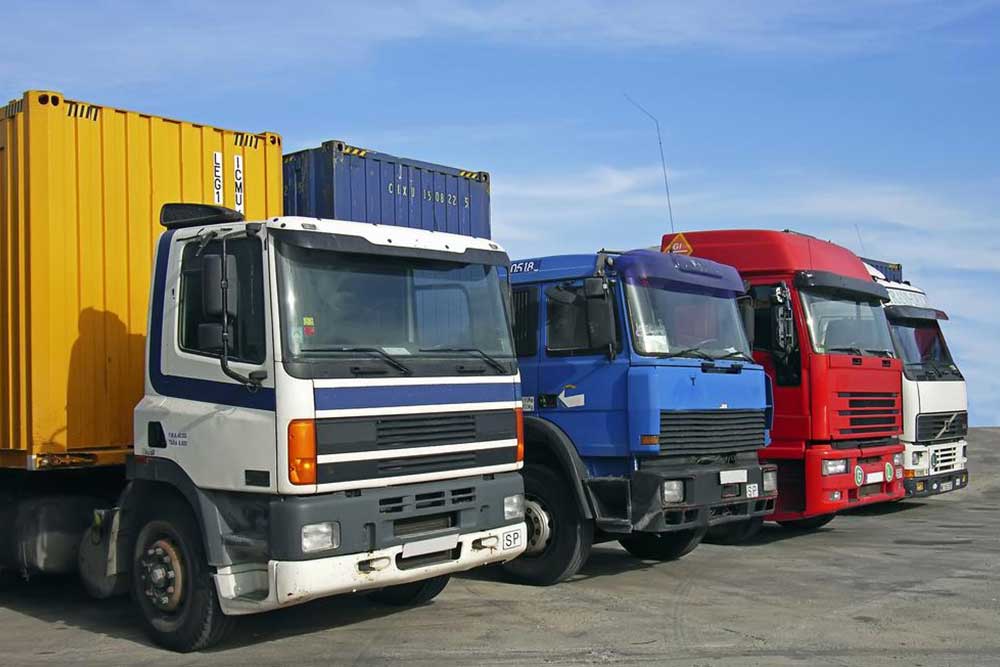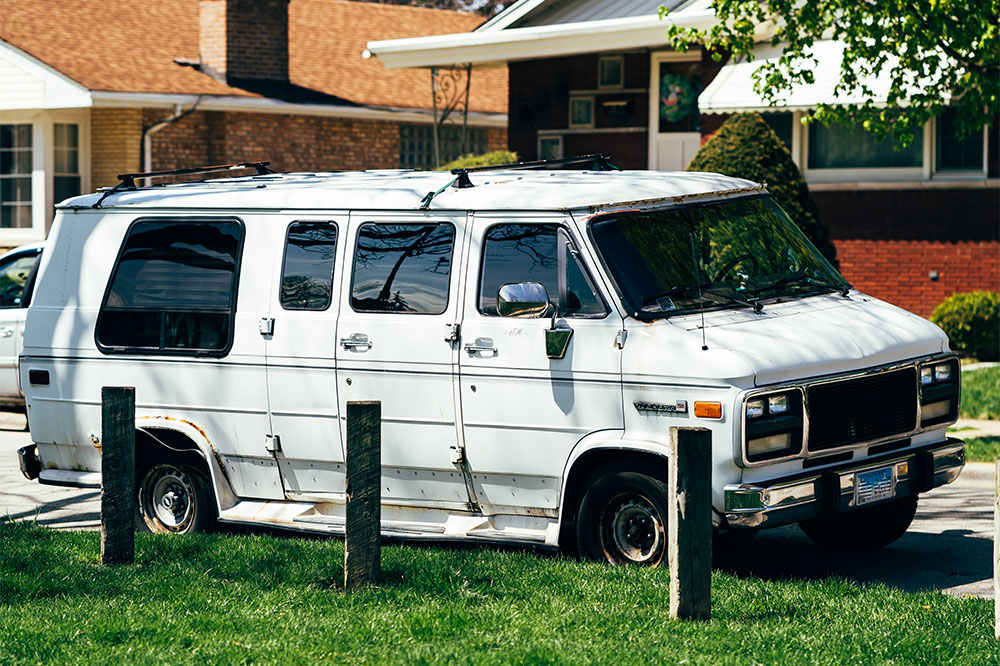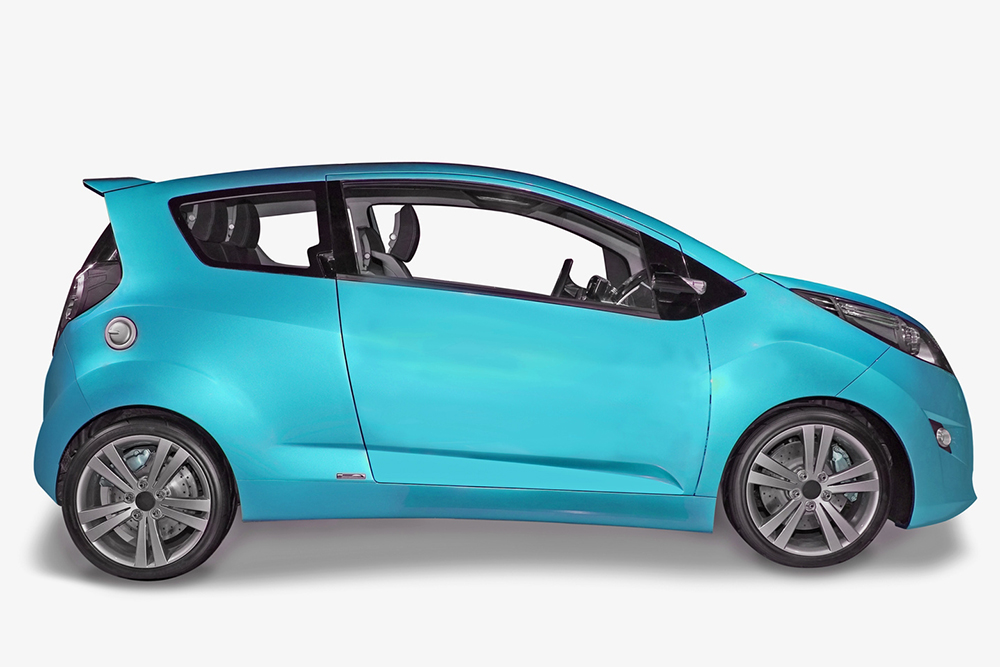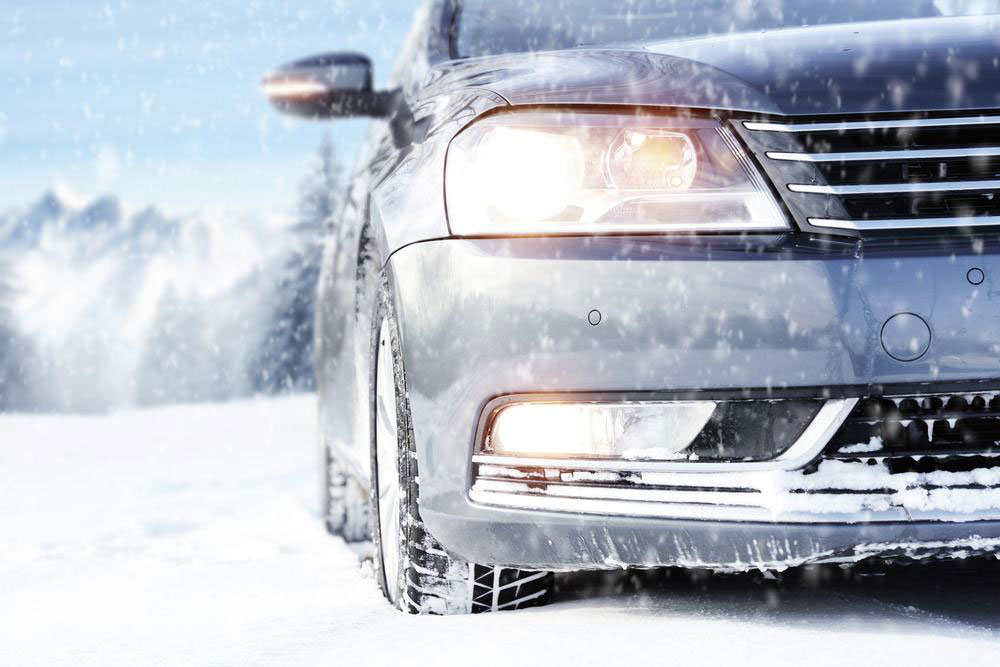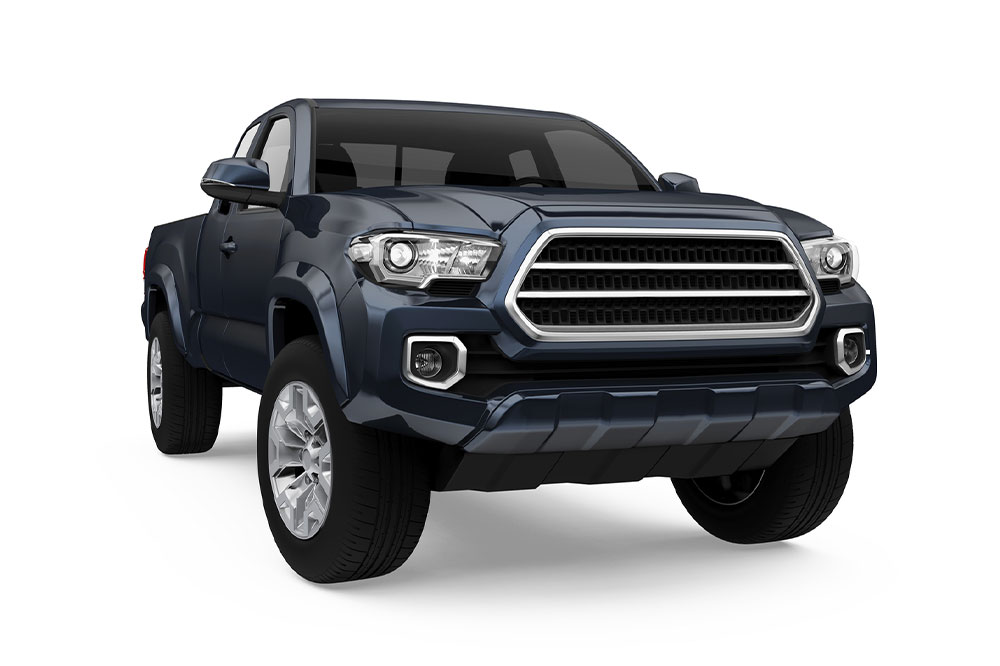Ultimate Overview of Commercial Vehicle Insurance
This comprehensive guide explains the essentials of commercial vehicle insurance, including vehicle types covered, key coverage options such as liability, collision, and comprehensive protection, and important factors to consider when choosing a policy. It aims to help business owners understand and select the best coverage for their commercial fleet, ensuring sufficient protection against damages and liabilities. Comparing quotes and reading policy terms carefully is recommended to find the most suitable and cost-effective insurance plan for your business vehicles.
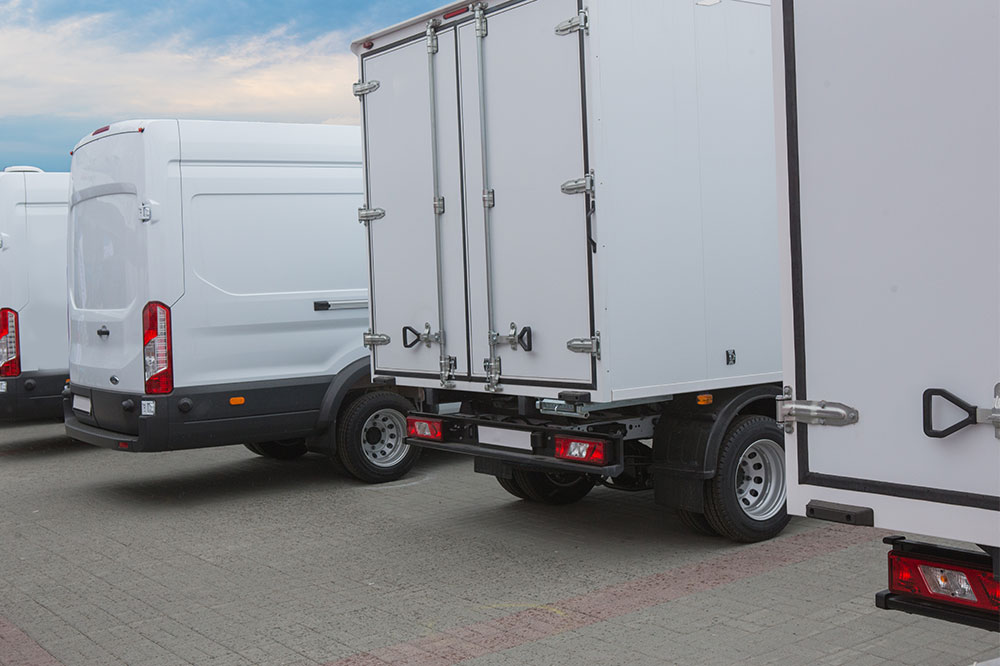
Ultimate Overview of Commercial Vehicle Insurance
For business owners relying on trucks, vans, or service vehicles, securing commercial vehicle insurance is essential. This coverage safeguards against physical damage and liabilities related to accidents, use, and vehicle types not covered by personal auto policies. It's important to review terms thoroughly and compare multiple quotes for semi-truck insurance options before making a decision.
Types of vehicles protected under commercial policies
Different vehicles such as semi-trucks, delivery vans, utility trucks, and food trucks are insured under commercial auto plans. These policies cover both the driver and the cargo or equipment inside.
What does commercial vehicle insurance include?
Commercial auto policies differ from personal auto plans but offer similar coverage options. Coverages for trucks and semi-trucks often include collision, liability, medical expenses, and protection against uninsured motorists. Key distinctions involve definitions, eligibility, coverage limits, and specific exclusions. Here’s a breakdown of what’s typically included:
Property damage liability: Coverage for damages caused to others’ property in an accident, with some policies including legal defense services.
Medical payments or personal injury: Pays for medical bills of drivers and passengers regardless of fault.
Bodily injury liability: Covers injuries or death resulting from at-fault accidents involving your vehicle, often including legal defense costs.
Combined single limit (CSL): Provides a uniform dollar amount coverage per incident, covering bodily injuries and property damages without splitting limits.
Comprehensive physical damage: Pays for damages from theft, vandalism, floods, fire, and other non-collision events.
Collision coverage: Handles repairs if your vehicle hits another object or vehicle.
Uninsured motorist protection: Covers injuries and certain damages caused by uninsured or hit-and-run drivers.

